How to Report an Accident to Insurance
If you're involved in a car accident, you need to report the accident to the responsible party's insurance company. If the other driver is at fault, or if you don't have comprehensive or collision insurance, you'll likely be reporting to...
Method 1 of 3:
Collecting Information at the Scene
-
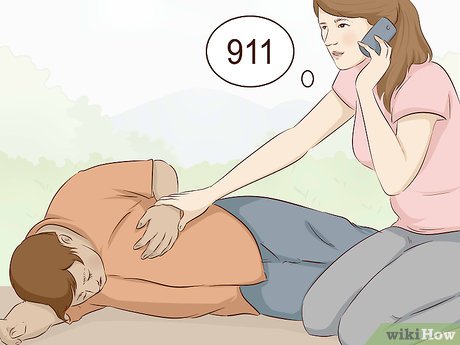 Take care of emergencies first. Immediately after the accident, check on the other drivers and passengers involved. Call 911 to get police officers to the scene, and request an ambulance if anyone is seriously injured.[2]
Take care of emergencies first. Immediately after the accident, check on the other drivers and passengers involved. Call 911 to get police officers to the scene, and request an ambulance if anyone is seriously injured.[2]- If anyone is injured, you should always call the police immediately. Even for minor fender benders, you still want to call the police. Some states require you to file a police report if there is any damage at all to either vehicle.
- Avoid moving any person who is seriously injured, unless they are in immediate danger.
-
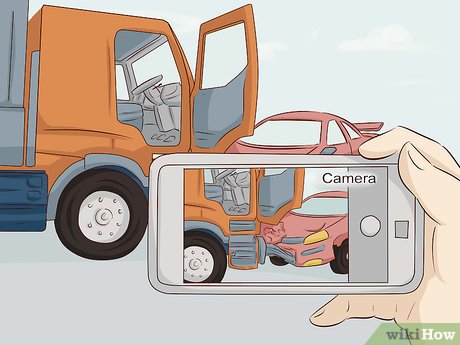 Take photos of the scene and the vehicles involved. Photos of the scene of the accident as well as the vehicles involved can help the insurance company make a preliminary assessment of the damage involved. You want to get the vehicles out of the road if it's safe to do so, but take photos before you move them.[3]
Take photos of the scene and the vehicles involved. Photos of the scene of the accident as well as the vehicles involved can help the insurance company make a preliminary assessment of the damage involved. You want to get the vehicles out of the road if it's safe to do so, but take photos before you move them.[3]- Photos can also be used to support your claims, if the other driver later disputes your report to the insurance company.
- Photos also preserve the scene of the accident, and may reveal details that you didn't notice during the trauma of the immediate aftermath. For example, you may see security cameras that could have filmed the accident.
-
 Exchange insurance and identification information with the other driver. Provided neither you nor the other driver are seriously injured, you should be able to share your names and addresses, as well as your insurance information.[4]
Exchange insurance and identification information with the other driver. Provided neither you nor the other driver are seriously injured, you should be able to share your names and addresses, as well as your insurance information.[4]- Ideally, you want to exchange driver's license numbers, addresses, and phone numbers. If the other driver is uncomfortable giving you this information directly, it will be included on the police report.
- You should also take down the license tag number and vehicle identification number (VIN) of any other vehicles involved in the accident.
-
 Talk to any witnesses. If there are any people around the scene after the accident, get their names and phone numbers. Find out where they were and what they were doing when the accident occurred.[5]
Talk to any witnesses. If there are any people around the scene after the accident, get their names and phone numbers. Find out where they were and what they were doing when the accident occurred.[5]- Write down a brief description of what they saw, and ask if they would be willing to let you give their names and contact information to the insurance company.
-
 Get a copy of the police report. When police arrive at the scene, they will interview you and the other driver, as well as any witnesses. If the officer doesn't have a written copy of the report to give you at the scene, ask when you can pick one up.[6]
Get a copy of the police report. When police arrive at the scene, they will interview you and the other driver, as well as any witnesses. If the officer doesn't have a written copy of the report to give you at the scene, ask when you can pick one up.[6]- Get down the officer's name and badge number. If you're picking up a copy of the police report later, ask for a report number or incident number so that you can request the report at the station.
-
 Write a brief description of the accident. As soon as possible after the accident, sit down and write a chronological description, including as many details as possible. Include where you were going and what you were doing immediately before the accident.[7]
Write a brief description of the accident. As soon as possible after the accident, sit down and write a chronological description, including as many details as possible. Include where you were going and what you were doing immediately before the accident.[7]- Include details such as the weather and visibility when the accident occurred.
- It can also help to draw a basic sketch of the roadway, including any traffic lights or signs. Be sure to include any fences or bushes that might have obstructed drivers' views of the road.
Method 2 of 3:
Reporting to Your Insurance Company
-
 Contact your insurance company. As soon as possible after the accident, call the number provided on your insurance card to report the accident to your insurance company. In most cases you want to call your own insurance company even if your policy probably won't cover your damages.[8]
Contact your insurance company. As soon as possible after the accident, call the number provided on your insurance card to report the accident to your insurance company. In most cases you want to call your own insurance company even if your policy probably won't cover your damages.[8]- Most insurance companies require you to report an accident within 24 hours. Even if you plan on calling the other driver's insurance company, it's still in your best interests to call your insurance company so they can't later accuse you of trying to hide the accident from them.
- Many insurance companies provide mobile phone apps that allow you to quickly and easily report an accident, and even submit pictures that you took on the scene. Check your insurance company's website to see if they have a mobile app available.
-
 Provide a brief description of the accident. Using your notes and the information you have, tell the claims adjuster what happened. Be specific and stick to the facts. Don't speculate or make assumptions about the other driver that you can't substantiate.[9]
Provide a brief description of the accident. Using your notes and the information you have, tell the claims adjuster what happened. Be specific and stick to the facts. Don't speculate or make assumptions about the other driver that you can't substantiate.[9]- If there are injuries to passengers or to the other driver, say that there are injuries, but don't go into detail. Leave those details for the doctors who examine and treat those people.
-
 Get a vehicle damage assessment. Your insurance company will let you know what to do with your car. Typically you'll need to take it to a mechanic to get an estimate. If the car isn't drivable, you'll have to get it towed from the scene.[10]
Get a vehicle damage assessment. Your insurance company will let you know what to do with your car. Typically you'll need to take it to a mechanic to get an estimate. If the car isn't drivable, you'll have to get it towed from the scene.[10]- The mechanic will make an estimate of the cost of repairs the car needs. Your insurance company may send out an adjuster to further evaluate the damage, or may request that the car be sent to another mechanic for a second estimate.
-
 Keep in touch with your adjuster. As your adjuster evaluates your report and investigates your claim, they may need additional documents or information from you. If you don't hear from your adjuster after a few days, call them to get a status update on your claim.[11]
Keep in touch with your adjuster. As your adjuster evaluates your report and investigates your claim, they may need additional documents or information from you. If you don't hear from your adjuster after a few days, call them to get a status update on your claim.[11]- Even though your adjuster may be friendly and empathetic, they are working for the insurance company, not for you. They don't represent your interests – their job is to protect the insurance company's bottom line.
- The adjuster may offer you an early settlement. Be wary of taking an early settlement, particularly if you have injuries and are still receiving medical treatment.
Method 3 of 3:
Reporting to the Other Driver's Insurance Company
-
 Review the police report and your insurance policy. If the officer at the scene determines that the other driver was at fault, you may have to report the accident to their insurance rather than yours. This may also be the case if you only carry liability insurance.[12]
Review the police report and your insurance policy. If the officer at the scene determines that the other driver was at fault, you may have to report the accident to their insurance rather than yours. This may also be the case if you only carry liability insurance.[12]- Many states have comparative fault laws which apportion fault between the two drivers in an auto accident. If this is the case in your state, the other driver may not be 100 percent at fault. For example, the officer may determine that the other driver is 80 percent at fault and you are 20 percent at fault. The other driver's insurance company is only responsible for 80 percent of your damage.
- Your insurance company only covers damage to your vehicle not covered by the other driver's insurance company if you carry collision insurance. If your car is financed, you likely are required to carry collision coverage.
-
 Contact the other driver's insurance company. Use the information that you received from the other driver to contact their insurance company. If they didn't give you contact information, you may be able to look up the insurance company's website and get contact information there.[13]
Contact the other driver's insurance company. Use the information that you received from the other driver to contact their insurance company. If they didn't give you contact information, you may be able to look up the insurance company's website and get contact information there.[13]- Look for a number for third-party insurance claims. It may be a different number than the number a policy holder would call to report an accident.
-
 Provide details about the insured driver. When you talk to a claims adjuster for the other driver's insurance company, they will need enough information to properly identify the policy holder and insurance policy.[14]
Provide details about the insured driver. When you talk to a claims adjuster for the other driver's insurance company, they will need enough information to properly identify the policy holder and insurance policy.[14]- You should have gotten these details from the other driver on the scene. If you were unable to do so, this information should be included on the police report.
-
 Give a general description of the accident. The claims adjuster will likely ask you questions about the accident. Be as neutral as possible, and stick to the facts. Avoid speculating, and don't insult the other driver.[15]
Give a general description of the accident. The claims adjuster will likely ask you questions about the accident. Be as neutral as possible, and stick to the facts. Avoid speculating, and don't insult the other driver.[15]- Answer any questions you are asked, but don't volunteer information. You might say something that would cause them to deny the claim.
-
 Allow the insurance company to inspect your vehicle. The insurance company may request that you have your vehicle taken to a particular mechanic, or may send an adjuster out to visually inspect your vehicle.[16]
Allow the insurance company to inspect your vehicle. The insurance company may request that you have your vehicle taken to a particular mechanic, or may send an adjuster out to visually inspect your vehicle.[16]- They typically have to do this at a time and place that is convenient for you, but you also have to do your part to make your vehicle available to them.
-
 Cooperate with the insurance company's investigation. As the claims adjustor investigates, they may call you for additional information or documentation of the claims you've made. Provide them the information they need as soon as possible.[17]
Cooperate with the insurance company's investigation. As the claims adjustor investigates, they may call you for additional information or documentation of the claims you've made. Provide them the information they need as soon as possible.[17]- If you have any questions or concerns about the questions you're being asked, you may want to talk to a personal injury attorney.
4 ★ | 2 Vote
You should read it
- How to Write a Motor Vehicle Accident Report
- How to Make Car Accident Claims
- How to Act After a Car Accident
- How to Determine Who Is at Fault in a Car Accident
- How to Start a Car Insurance Company
- How to Deal With a Minor Car Accident
- Advice and Pointers to Help You Easily Handle Being in a Car Accident
- How to Achieve a Settlement After Being Involved in a Truck Accident
- The Basic Benefits That A Company Must Provide Their Employees
- How to Survive a Car Accident as a Pedestrian
- Cryptocurrency Insurance: This Domain Could Be a Big Industry in the Coming Futur
- Switch or stay? Your guide to car insurance renewals
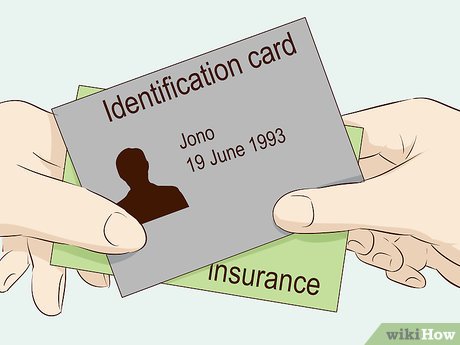
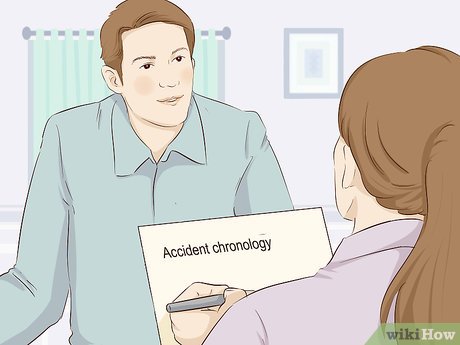
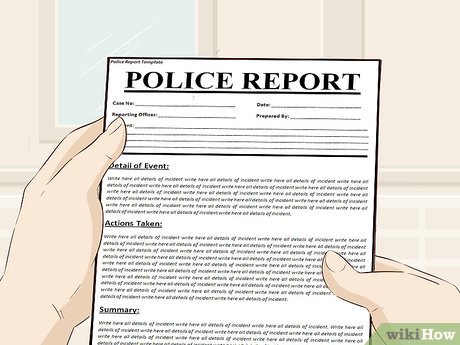
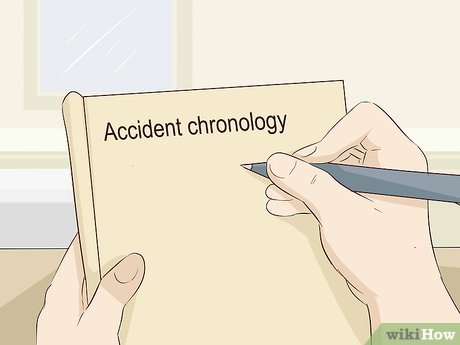
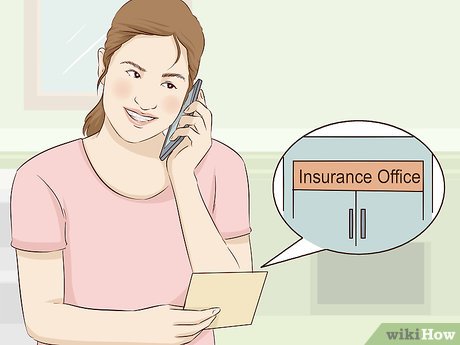
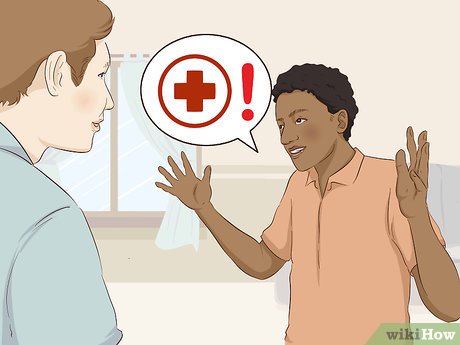
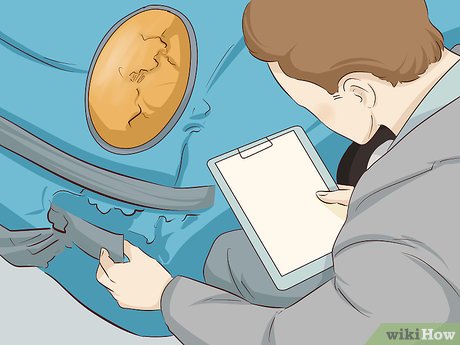

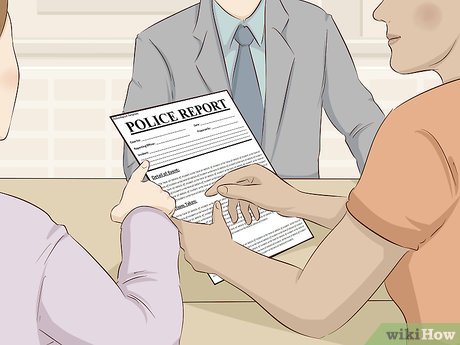
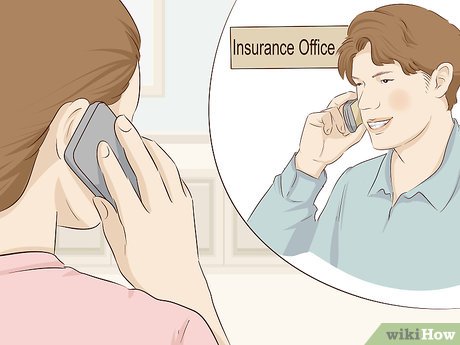
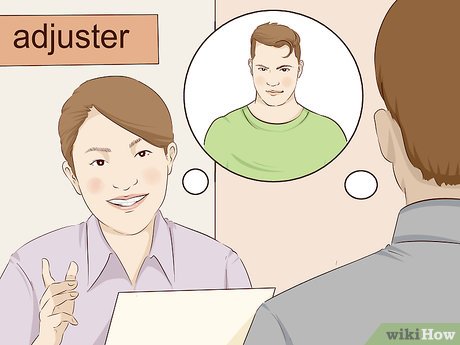
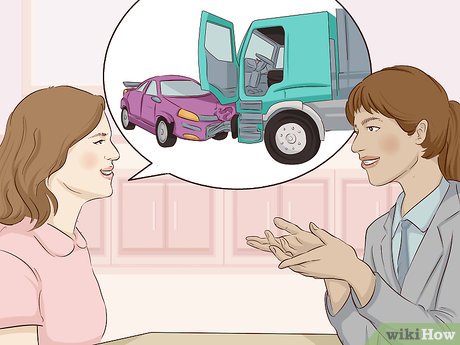
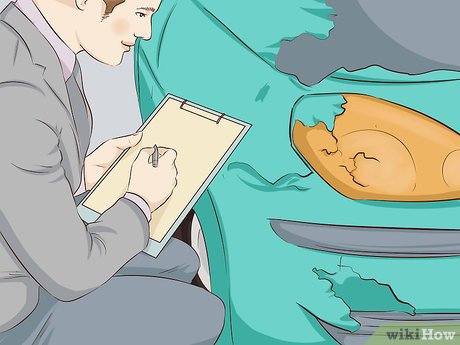
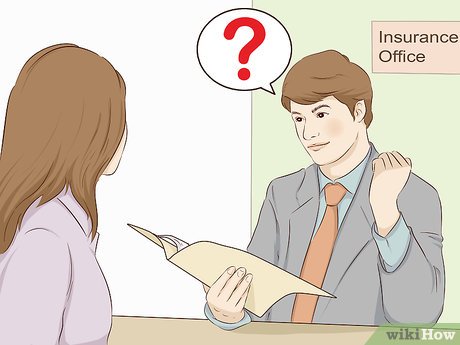






 How to Write a Motor Vehicle Accident Report
How to Write a Motor Vehicle Accident Report How to Make Car Accident Claims
How to Make Car Accident Claims How to Make an Accident Report
How to Make an Accident Report How to Act After a Car Accident
How to Act After a Car Accident How to Deal With a Minor Car Accident
How to Deal With a Minor Car Accident Advice and Pointers to Help You Easily Handle Being in a Car Accident
Advice and Pointers to Help You Easily Handle Being in a Car Accident